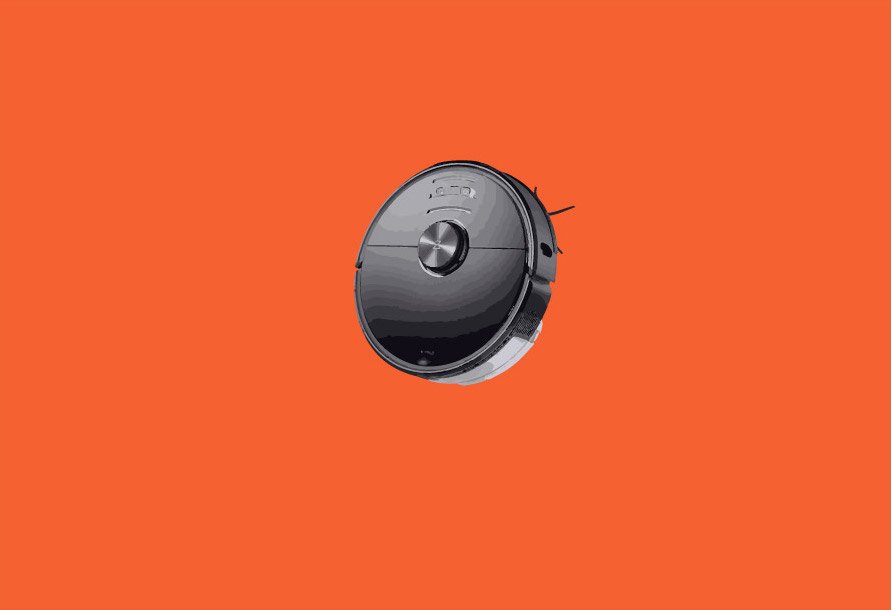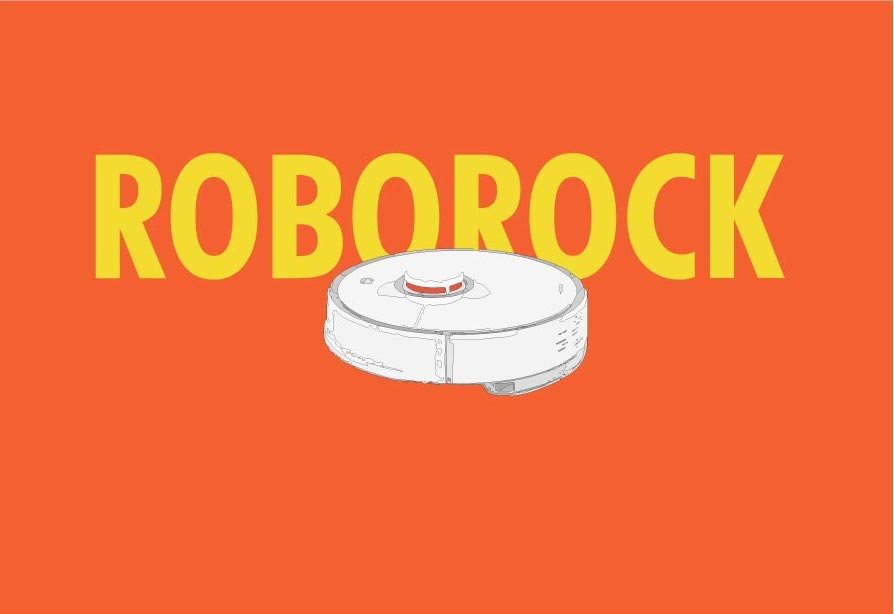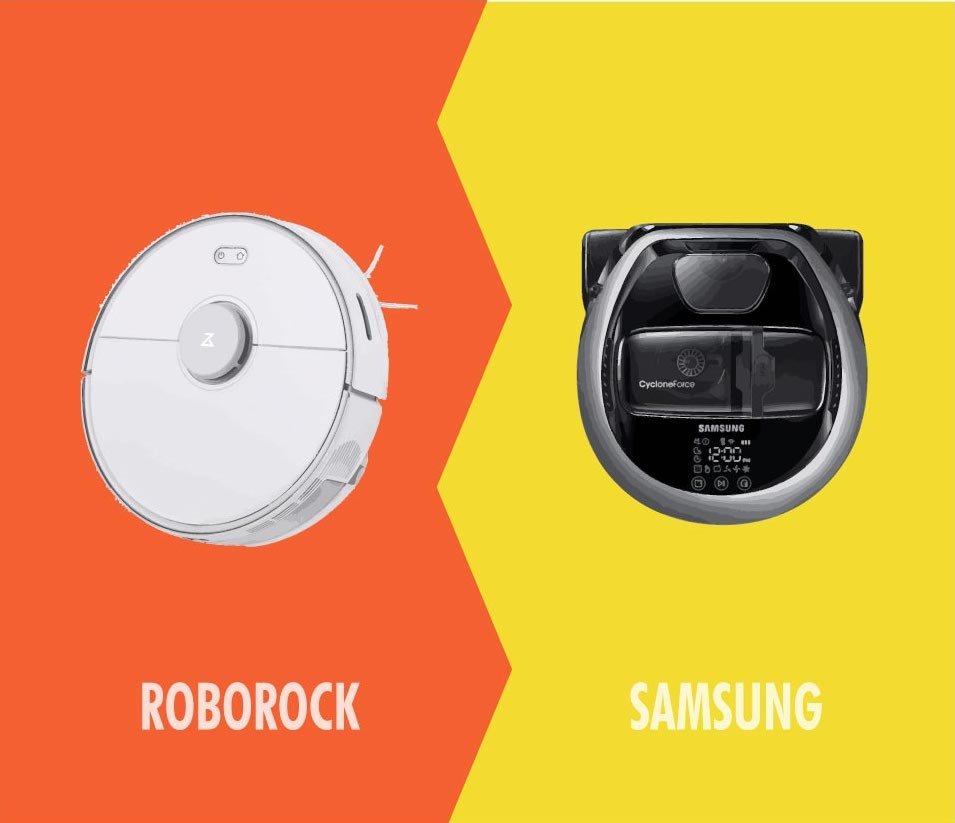Robot vacuum cleaners was once a dream, now it is a cheap reality. While I won’t call hundreds of dollars “cheap”, it surely isn’t extraordinarily expensive. There are some popular names in this domain such as Roomba, Samsung, etc, this article will focus on two, Roborock vs Samsung.
We’ll be looking at the current models that Samsung and Roborock offer and compare similar products. We’ll be looking at the features offered, battery life, reliability, and price. This article aims to help you make the right choice for your home.
First, we shall see the major differences between the offerings of the same company i.e., from Roborock and Samsung. Then the comparison will move to the products from different companies.
Roborock robot vacuum cleaners
To understand the basics, Roborock offers many vacuum robots and these are the offerings: Xiaowa E2, Xiaowa E3, Roborock E4, Roborock S4, Roborock S5, Roborock S5 Max, Roborock S6, Roborock S6 pure and MaxV.
The E models are the economic models, meaning that they are cheaper and lack some premium features. S models are premium models.
The order of the name shows the increasing price and features, starting with E2 as the entry-point and the S6 MaxV being the most expensive and powerful one.
Before we put the numbers and technical jargon, few things need some explanation. These terms will help you know that they mean and then we’ll add the table for easier understanding.
- Suction power – This is either given in air-watts or Pascals (Pa). These numbers mean the power of the vacuum to suck in the dust. A higher number means more power.
- Battery size – These numbers are put in mAh and show the battery capacity. The larger the better, but here, we’ll put the run-time instead of mAh as it is more practical.
- Mapping – This is how the robot understands the room structure for cleaning. All the models have a mapping system. However, only a few models (S4, S5, and S6 versions) have the function to save different maps (as rooms, like bedroom, etc)
- Dust container – The volume of the dust bin will be given in ml and ounces. HEPA will be mentioned as well. HEPA means that the dust-bin prevent small dust particles to escape from it and cause an allergenic reaction.
- Noise – Values are given in decibels (dB). Higher numbers mean louder noise.
- Mopping – Presence of mopping function or not.
- Navigation – How the robot navigates the room. Two methods dominate; gyroscopic and LDS. This LDS stands for Laser Distance Sensor and this is more advanced than gyroscopic motion. Sometimes cameras are added for more advanced functions.
- Dedicated area cleaning – if the bot has the feature to clean specific zones in a room.
- Scheduling – Won’t be mentioned in the table as all the models have the function of scheduling cleaning sessions.
- Auto-charge – All the models can dock into their chargers automatically and hence, it will be omitted in the table.
- Modes – All the models have four cleaning modes; silent, standard, storing, and max. All the apps are app operated.

| FEATURES | E2 | E3 | E4 | S4 | S5 | S6 | S6 MaxV |
| Power (Pa) | 1,800 | 2,000 | 2,000 | 2,000 | 2,000 | 2,000 | 2,500 |
| Battery life | 1 hour 30 mins | 2 hours 25 mins | 2 hours 25 mins | 2 hours 45 mins | 2 hours 25 mins | 2 hours 25 mins | 3 hours |
| Navigation | Gyroscope | Gyroscope | Gyroscope + camera | LDS | LDS | LDS | LDS+Camera |
| Dust bin | 640 ml | 640 ml | 640 ml | 420 ml | 450 ml | 480 | 460 |
| Noise (dB) | 55 | 55 | 60 | 68 | 68 | 55 | 60 |
| Zone cleaning | NA | NA | NA | Yes | Yes | Yes | Yes |
| Warranty | 12 | 12 | 12 | 12 | 12 | 24 | 12 |
| Mopping | Yes | Yes | Yes | NA | Yes | Yes | Yes |
| Price | $280 | $320 | $242 | $399 | $399 | $649 | $749 |

Related article:
Samsung POWERbot series
Samsung has entered the robot vacuum market with some models. The models we’ll be looking at are R9250, R7040, R7070, R065. I’ll mention briefly about the major differences between these models and then we’ll compare Roborock and Samsung models head to head.
| MODEL | R9250 | R7040 | R7065 | R7070 |
| Power (Pa) | 1,500 | 800 | 800 | 1,800 |
| Battery | 1 hour 35 mins | 1 hour | 1 hour 25 mins | 1 hour 25 mins |
| Navigation | Camera + Sensors | Camera | Camera | Camera |
| Dust Capacity | 700 ml | 300 ml | 350 ml | 300 ml |
| Mapping | Yes | Yes | Yes | Yes |
| Mopping | No | No | No | No |
| Filter (HEPA) | No | No | No | No |
| Warranty | 12 months | 12 months | 12 months | 12 months |
| Noise (dB) | 61 | 56 | 58 | 71 |
From the chart above, you could see that Roborock’s models beat Samsung’s models by a lot in all the categories. And that is exactly what our verdict says. Go for Roborock if you want a great robot vacuum cleaner.
The model to buy should depend on the type of house you have. If you have a larger house, you should go with the advanced models., anything from S5 to S6, S6 Pure, and S6 MaxV. Even S4 might suffice in many cases.
If you live in a 1 BH apartment or a relatively smaller house, anything from the E2 to S4 would be enough for you. These models come with great accessories and features.
However, one con I found in these Roborock vacuum cleaners was how buggy the applications were. The updates would just stay there, even if you have updated the firmware. There were random app crashes, bugs, bugs, and bugs. But this is nothing to be discouraged about. The apps can be improved via updates.
If you still think Samsung is a better choice for you, take a look at this review statistics we pulled from Samsung’s website. And things aren’t looking that great.
- A staggering 24% of the reviews were of 1-star, the lowest.
- 2-star rating covered about 13.5%
- The 3-star rating came at 6%
- 4-Star ratings were 22%
- The 5-star rating was at 33%

The ratio of one and two starting over four and five-star rating indicate that the product is not that great. Hence we advise you not to go for Samsung. Also, this is NOT a sponsored post or affiliate post. We have not received any sort of monetary compensation from Roborock or any of their affiliates. So this is unbiased.
